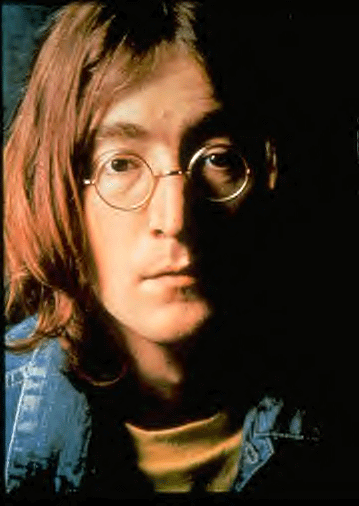
has been the only magazine that I consistently read for the past couple of years. In my mind, it separates itself from its competitors simply through its tagline, “signs of life in music, film and culture.” I chose to evaluate their web site because I knew that they had a very interactive and innovative web site and because I wanted to know more about it.
Paste Magazine released its first issue in July 2002 when it was a quarterly. It soon became bi-monthly and since August 2006, it has been released monthly. I usually purchase each issue separately in a drug store or the UT candy shop, but I recently became a subscriber because of their web site’s new “pay what you want” subscription deal (more on that later). Paste Magazine is primarily a music publication, appealing to young adults “who still enjoy discovering new music, prize substance and song craft over fads and manufactured attitude, and appreciate quality music across a broad stylistic spectrum.” But they do not limit themselves to music, as they added film to their tagline in December 2004 with American director Wes Anderson gracing that issue’s cover. Paste also produces full sections on books, games and culture in each issue.
Paste has many obvious competitors. Music publications have been dominators in the magazine industry for many years, with Rolling Stone, Q and Blender, among others, seeming to saturate the market. But with time, the music market only becomes more fragmented and publications will continue to appear that cater to specific, and sometimes extreme musical appetites. Also, in the very recent past, music magazines have been forced to compete with paperless publications. Online media monsters like Pitchfork Media and smaller online competitors like Stereogum, and Tiny Mix Tapes have entered the market with a huge impact. If you purchase a CD today, the sticker on the front is more likely to boast a good review from Pitchfork Media than Rolling Stone. These web sites have been known to make or break an artist in the very beginning stages of their career.
In order to have any kind of impact as a music publication with today’s “one click away” mentality, you must give your audience what they want as immediately as possible, and you must be unique in your method and mission. Paste Magazine has differentiated themselves from their competitors by looking for something a little different in their content. They search for “signs of life” in today’s music and entertainment. They search for music and films that seek change above CD or ticket sales, warmth above wealth, and fervor above fame. Paste does a superior job of profiling these artists and bringing them down from their stage-in-the-sky height to ground level - where audiences across the world can read about them without neglect. Paste also searches for meaning in the media that is outside this world. They often brush issues of religion, God and morality.
But perhaps the most distinguishing characteristic of Paste Magazine is the inclusion of a complete mix CD with each issue. In the center of each magazine, there is a CD with songs from new artists that you most likely haven’t heard much about, including the artist on the cover of the respective issue. Not only can Paste readers skim articles about the favorite and future favorite artists, they can actually hear the artist voice and melody. No other magazine does this quite like Paste does.
Paste Magazine’s web site is very interactive. It looks a bit like a news web site, but prettier and all about music. The home page shows the cover of the most recent issue with the ability to let you read most of the content from the issue online, for free. There is also sections for reader’s polls, contests, the “Paste Station” – an online radio station, and the new “name your price” subscription deal. Possibly following the lead of British musical innovators, Radiohead, Paste will, for a limited time, allow readers to pay as little as a dollar an issue for an entire year. I immediately signed up, saving myself around $70 and 11 trips to Walgreens over the next year.
The web site also utilizes video, photo slideshows and audio. The Paste blogs area lets users read the ramblings of Paste writers and contributors as well as see the latest videos and photos of their favorite artists. The site offers such a great amount of content as to rival the magazine itself with things like the Paste Culture Club podcast link. The most recent episode is an interview with the star of the new Sean Penn movie, Into the Wild. The site also displays banner ads – mostly for upcoming albums by artists that have been featured in previous issues.
There are not too many things that I think Paste could be doing differently. A couple of things that I wish they would include on the web site is a complete list of all the songs on that month’s sampler CD with links to a stream of each tune. Also, though the Culture Club podcast is great, I wish the site offered audio clips from the interviews that produced the articles and profiles that fill each issue. For the most recent issue, I would love to be able to hear Ryan Adams talking about incorporating himself into his backing band, The Cardinals, rather than just reading about it. Also, one thing I love about Pitchfork Media are their lists. At the end of the year, Pitchfork creates lists of the best and worst albums, songs, and videos from the year. Although Paste has created lists in the past, like the “100 Best Living Songwriters,” but I wish they’d do it more. With the overwhelming majority of the site’s content, I am very satisfied.











